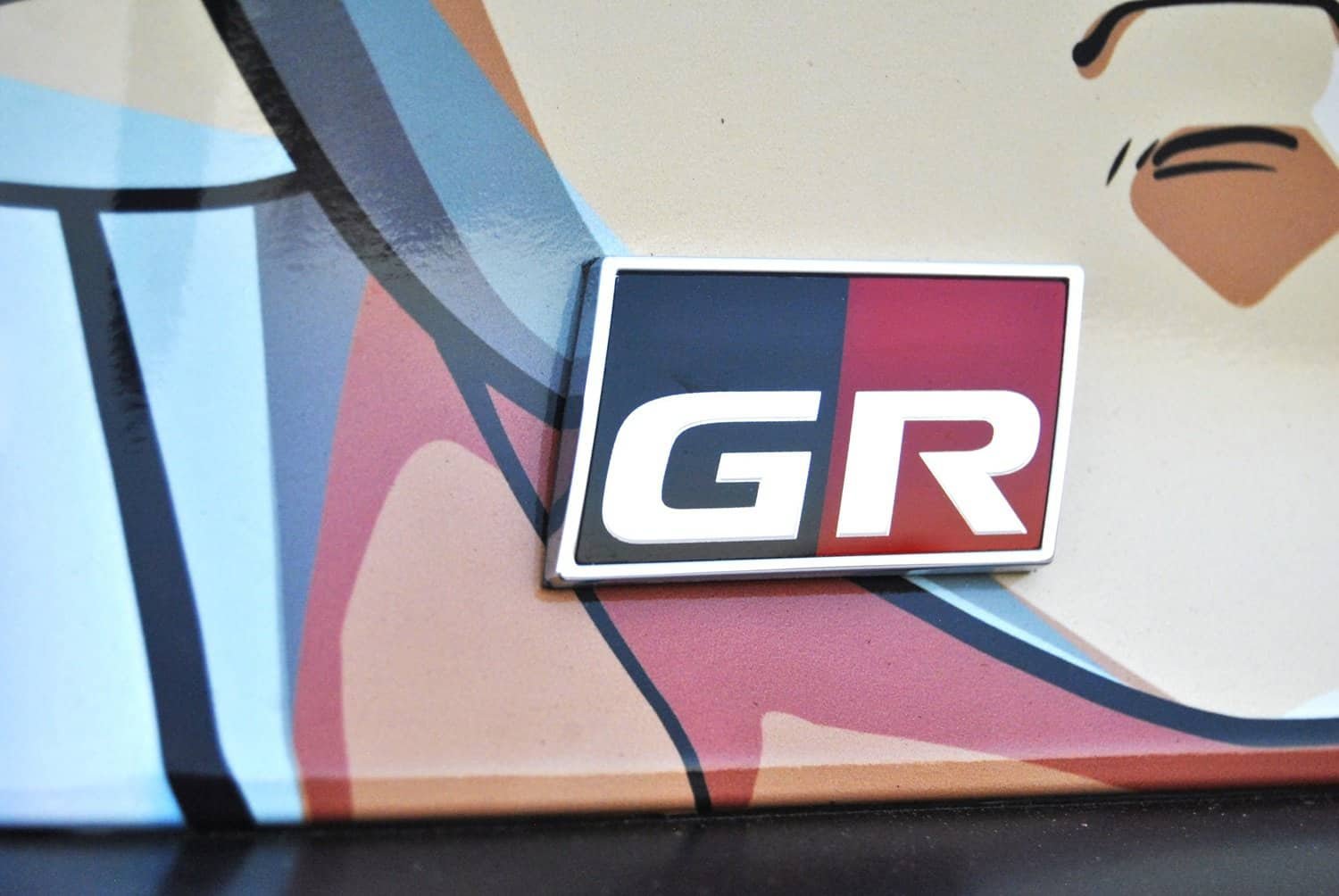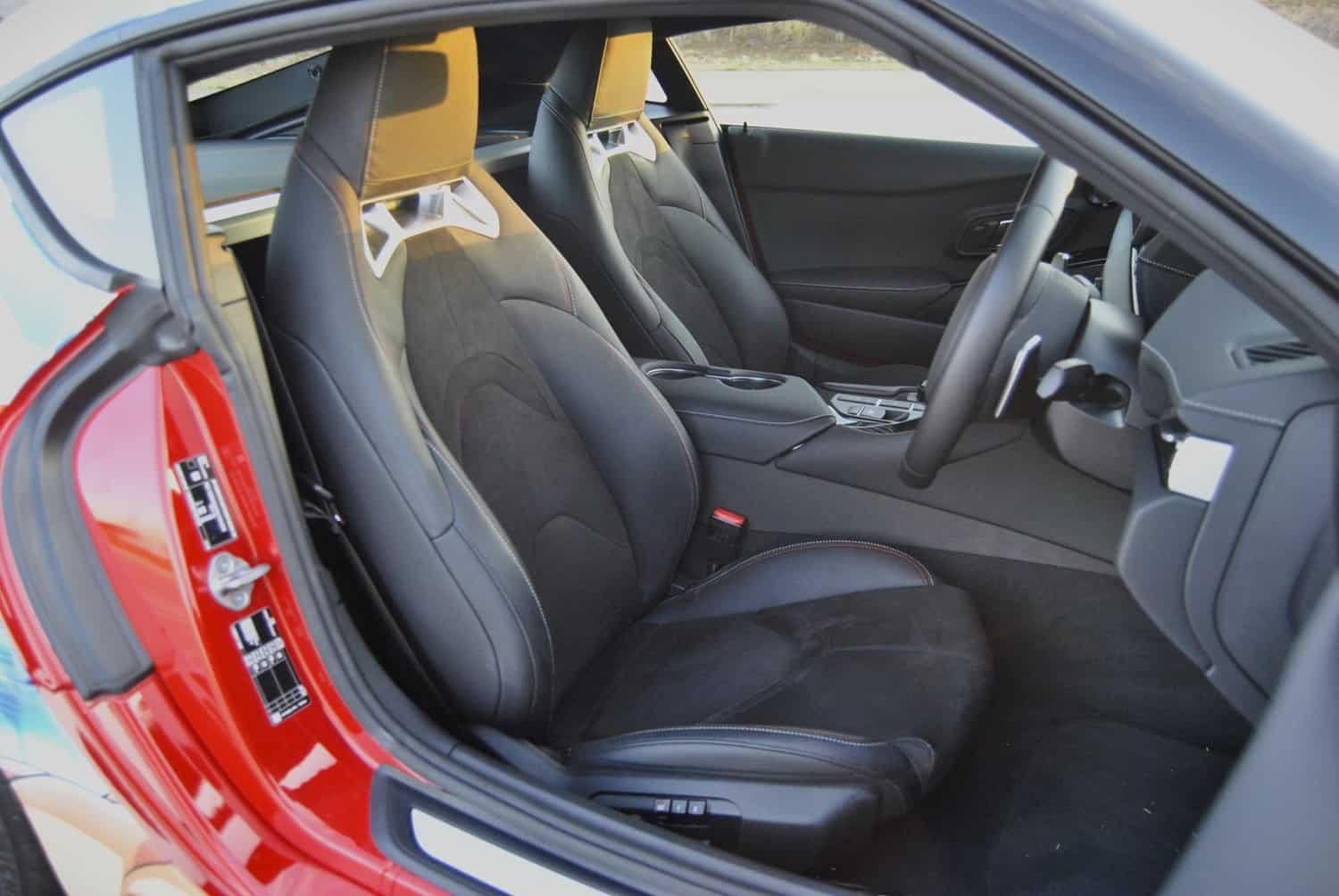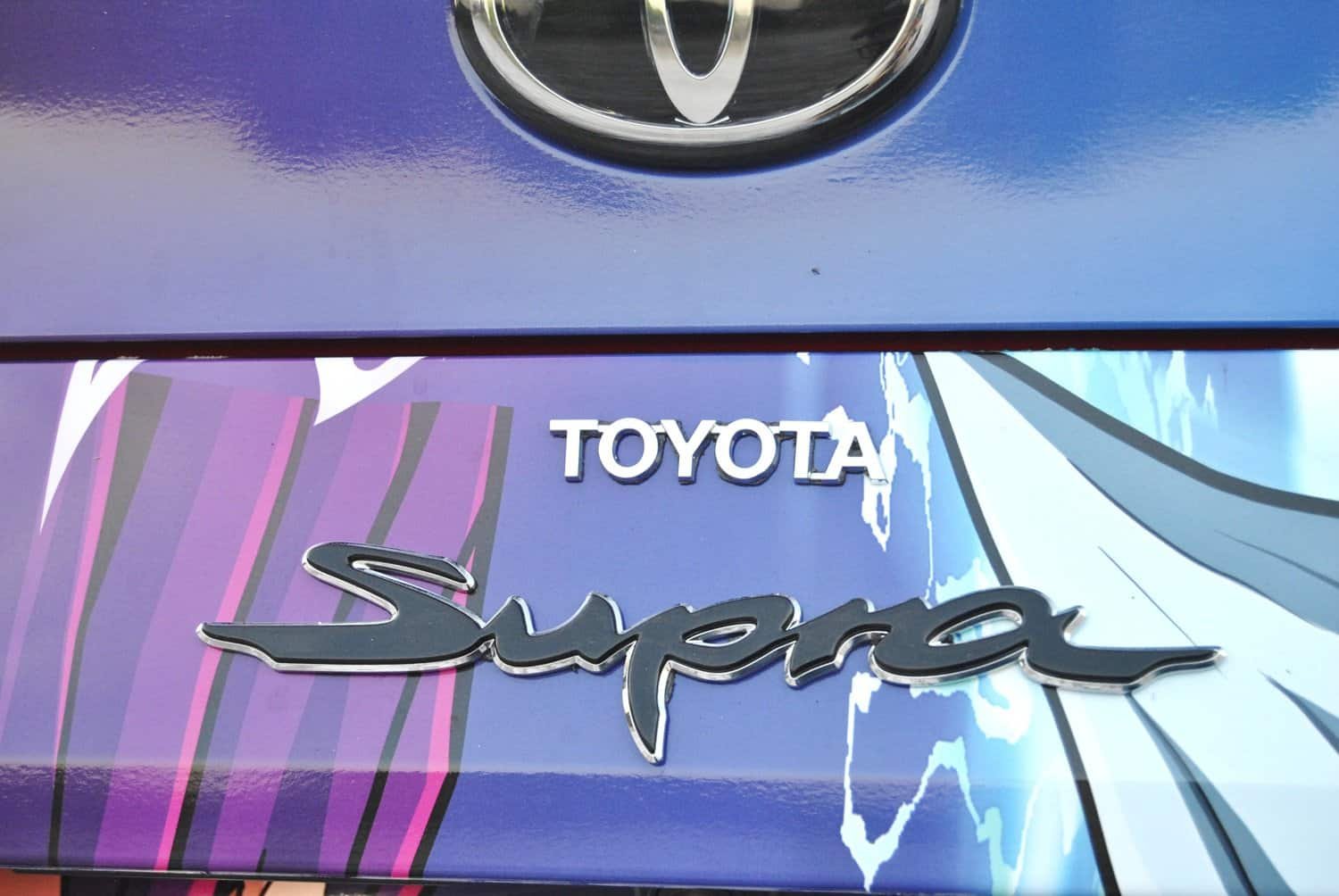[bsa_pro_ad_space id=14]
Revised range includes not only the long awaited manual, but also more power with 285 kW as opposed to 250 kW.
The criticism and backlash directed at Toyota ever since the return of the Supra as the GR Supra in 2019 are well documented and probably more susceptible to amusement than shame from the top brass in Toyota City.
‘You cannot call this a Supra’
From disapproval for using BMW’s B58 3.0-litre straight-six turbocharged engine in place of the immortal 2JZ, to being labelled as nothing but a Z4 in drag, Toyota has heard it all, yet continues to move more than enough units to keep the Magna Steyr plant in Austria producing them.
ALSO READ: Revived Toyota Supra simply magic
Overshadowing the BMW parts sharing while also giving purists further reason to hate it, was the initial decision not to offer a manual gearbox every generation had been equipped as standard with.

Indeed, the constant reminder of the media and customers probably made for the biggest irritation Toyota’s top brass became sick of hearing.
Most likely fed-up with this, but also to possibly to hide the later confirmed developing of a three-pedal option, Supra project lead engineer, Tetsuya Tada, told Autoblog just over a year before the Supra’s 2019 reveal that buyers are not interested in rowing gears themselves, and that those wanting a manual should opt for the GT86.
More power, finally
As is well known though, the manual Supra officially became a reality last year with not only a specifically altered version of the Z4’s six-speed ‘box, but also a power increase first introduced on the “original” in the United States three years ago.
Forbidden for South Africa until now, the introduction of the manual Supra with the retuned B58 straight-six this year effectively paved the way for the availability of the powered-up automatic, and also a comparison at Gerotek as how its newfound 285 kW would compare against the original 250 kW fitted with the eight-speed transmission.
Explain the wrap…
With its arrival after the manual, a noticeable point of content presented itself that threatened to through the entire five-day evaluation into disarray.

Aesthetically unchanged from its world debut five years ago, the automatic Supra arrived decked-out in an opinion splitting wrap of the popular anime series, Dragonball Z, as a result of Toyota’s presence at the annual Johannesburg Comic-Con held a few days before the test unit’s arrival.
While eye-catching and the cause for many motorists whipping out at their smartphones in order to take pictures, much to its minder’s massive annoyance, the poor execution in some areas over the standard Prominent Red body colour wasn’t the only hinderance pointed-out by similar discouraged onlookers.

Although unlikely to be confused for anything but a Supra, the wrap diverts attention away from the internally designated A90’s styling and shape onto it, thus resulting in some of the styling cues fading into the background as all eyes focus on the characters and colours.
Prepare for take-off
An understandable, but also unnecessary addition the Supra could have done without, the adage of “when you are inside, everything changes,” certainly applied once snugged behind the steering wheel.
Again, not changed much from 2019, the interior remains an inviting, and dare I say it, moment of great anticipation place to be before even setting off.
While understandably not expected to find favour amongst taller folk, the raiding of the BMW parts bin doesn’t upset.

Apart from the fit-and-finish and familiar pistol-grip gear lever, the carbon fibre on the centre console is real, the ergonomics easy to fathom, the heated and electric Alcantara seats massively supportive, and the driving position bang-on regardless of how you adjust the seat or steering wheel.
Humorously described as having been “cut-out” from the dash and then placed on top, the 8.8-inch touchscreen infotainment system still runs BMW’s previous iDrive software, but thanks to the rotary dial, scrolling through the various menus and sub-menus is anything but a chore even though it feels outdated compared to the newer 8.5 operating system.
Still with an analogue feel as evident by the myriad of buttons and physical switches for the dual-zone climate control and on the steering wheel itself, the Supra also has a fair degree of practicality about as per its grand tourer (GT) classification.

While a strict two-seater, opening the boot reveals a luggage capacity of 290-litres, which appears significantly more when not taking into account the “load through” section of longer items between the front seats.
The GT connotations goes further as the automatic’s inherent “relaxed” focus versus the gritty, involving nature of the manual sees it being equipped with features not offered on its sibling, namely Adaptive Cruise Control, Rear Cross Traffic Alert with auto braking, plus front and rear parking sensors.
Besides these, additional standard features include a wireless smartphone charger, Head-Up Display, LED headlights, integrated satellite navigation, Blind Spot Monitoring, Lane Departure Warning, Lane Keep Assist and Autonomous Emergency Braking.
From GT to hooligan
Resplendent with one of the most iconic monikers in the automotive world does present the A90 with a significant challenge and despite being marginally lighter than the previous 2JZ equipped with the optional four-speed automatic transmission, the times clocked by Road Test Editor Mark Jones made for a surprise not expected.
Before the Gerotek bout though, the Supra’s long standing role of a sports car clothed in a GT suite showed again despite the lingering notion of “that” wrap.

Although not fitted with the same dynamic alterations as the manual, the automatic lives-up to its lineage by offering a comfortable and supple ride that will see it cover long distances with significant aplomb.
Admittedly, the ride becomes firm to hard with sudden surface changes, while care will have to be taken on more tardier sections to avoid what comes a bumpy ride, never mind preservation of the 19-inch alloy wheels.
When all is perfect though, the Supra is delivers. Despite its torque output having remained unchanged at 500 Nm, it still feels agile and with a soundtrack the somewhat underwhelming 12-speaker JBL sound system simply cannot match for aural pleasure.

Fast from the off and with a significant amount of punch when you hit it, selecting Sport mode, or indeed provoking it more than usual, sees it transform from a docile rapid GT, to a tail-happy animal wanting to bite at every moment.
An oversteering delight that dispels the Z4 conations, the Supra is anything but out of control as a good dose of throttle, combined with the razor sharp steering, brings the nose back into in-line with not a lot of effort.
Gerotek does not lie
In the confines of Gerotek though, the extra 35 kW didn’t show any improvement over the 250 kW tested back in 2019.
While unsurprisingly faster than the manual Mark launched from 0-100 km/h in 4.5 seconds, it failed to better the time set its lesser powered predecessor by a tenth-of-a-second; 4.4 seconds versus 4.3 seconds, also with launch control engaged.
Faster down the quarter mile and also from standstill to 120 km/h, the 30 kg weight gain from 1 570 kg to 1 600 kg most likely had a hand in the Supra’s sprint deficit, although other aspects such as the tyres and even the weather could have played a part.
While unlikely to be of much significance to buyers capable of parting with the R1 524 400 asked by Toyota – R36 000 more than the manual – the best indicated fuel consumption came to 12.3 L/100 km after the five days.
Conclusion
As much as the hate is likely to continue by detractors calling the GR Supra “not a Supra”, the other side of the coin is that Toyota’s halo model, and flagship of the Gazoo Racing stable, remains a potent Jekyll and Hide offering not afraid of turning face when asked.

Set to remain the default model compared to the manual’s “weekend toy” persona, the automatic is no slouch and in spite of what the tested figures suggest, more means more and while not as hardcore as the GR86, it still deserves its place in the Toyota’s range without question.
Road Test Results

NOW READ: Super fun new Toyota Supra finally here
[bsa_pro_ad_space id=15]
